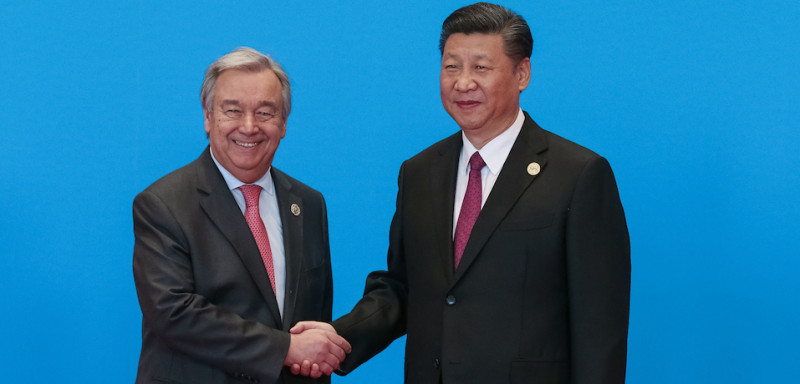Greening the Belt and Road Initiative

The Senior Officials of the Environment Management Group decided at their 24th Meeting in September 2018 to establish an interagency Task Team to consider strengthened collaboration among UN entities with regard to the environmental sustainability of the Belt and Road Initiative. The Task Team may serve as a platform for UN entities to ensure that coherent environmental safeguards are applied and that the initiative is consistent with effective environmental standards. The Task Team may also engage in developing key joint messages connecting the initiative with the 2030 Agenda for Sustainable Development.
The Belt and Road initiative was announced by China in 2013 to expand the ancient trade routes across six economic corridors, stretching through three continents and more than 60 countries. The initiative will imply considerable investments in infrastructure, which through its key elements including transport, irrigation, energy and information and communication technology, has significant long-lasting impacts where implemented. With the right policies and safeguards in place, negative impacts of these investments can be avoided, while recipient countries can be supported in achieving the Sustainable Development Goals.
The Senior Officials saw added value in seeking to strengthen collaboration, dialogue and information sharing in the UN system to ensure that sustainability in the Belt and Road initiative is addresses in a holistic manner, with particular focus on greening.

China’s President Xi Jinping greets UN Secretary General Antonio Guterres at Belt and Road Forum, in Yanqi Lake, north of Beijing, on May 15, 2017. (Roman Pilipey/AFP/Getty Images).